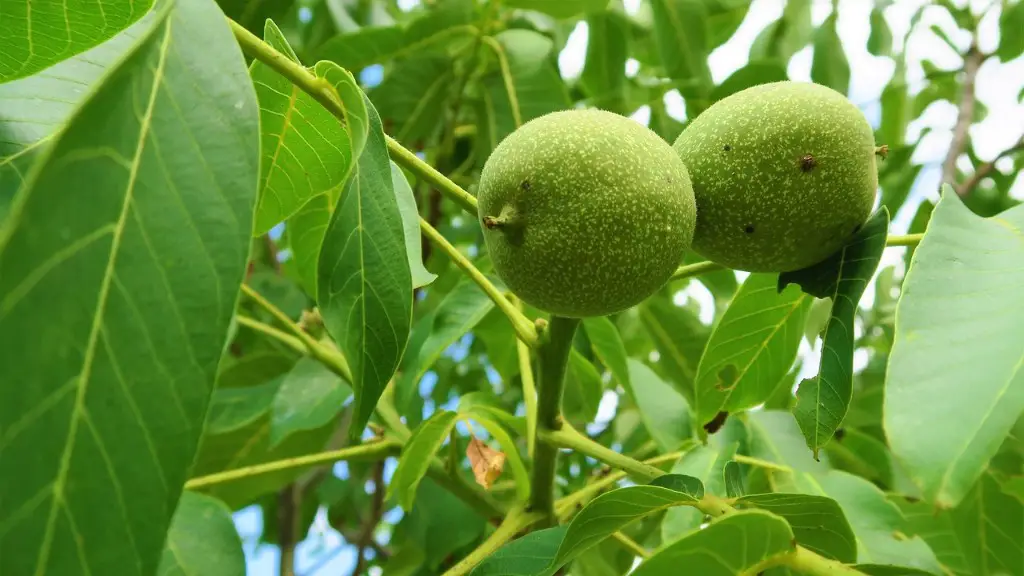The crab apple tree is a popular choice for those looking for attractive landscape trees and excellent fruits. Crab apples are high in antioxidants, have a sweet-tart flavor and can be used for canning and jelly making. The best crab apple tree for your area depends on a few key factors, including disease resistance, pest problems, size and climate. Fortunately, there are many cultivars to choose from, so you can find one that meets your individual needs.
When deciding which crab apple tree is best for you, the first step is to consider your climate. While crab apple trees have generally wider ranges than most fruit trees, there are still some cultivars that are better suited in cooler climates and some that thrive in warmer regions. It is important to pick a tree that is adapted to your specific temperature range.
Another factor you should consider is the size of the tree. Do you want one that will reach a certain size or fit in a certain spot? For small to medium sized yards, a dwarf crab apple tree is a great choice. They offer the same benefits as a standard size tree, but remain manageable at 8 to 15 feet tall.
The next factor to consider is its resistance to common pests and diseases. Many crab apple trees are susceptible to disease, particularly in wetter climates. If your area gets a lot of rain or humidity, look for varieties that are disease-resistant. It’s also important to select a tree with good resistance to apple scab, both for aesthetic and sweet-tart flavor reasons. The best way to combat disease is with pre-treating the soil before planting.
When selecting a crab apple tree, look for varieties that produce high amounts of disease-resistant fruits. Two popular options are the Malus ‘Transitoria’ and the Malus ‘Adirondack’. The ‘Transitoria’ produces a tart red apple that is excellent for cooking and canning, and the ‘Adirondack’ produces a yellow apple that is slightly sweeter and great for desserts and snacks. Whichever crab apple you choose, be sure to plant and care for it properly in accordance with its needs.
Disease Prevention
When selecting and planting a crab apple tree, it’s important to take steps to prevent and manage disease. Proper spacing between trees will help reduce the spread of disease, as well as using disease resistant varieties. It is also important to prune and practice good sanitation to help prevent and reduce infection. Finally, adding plenty of organic matter to the soil will help keep the tree healthy and disease-free.
Disease Treatment
Even when taking the necessary steps to prevent disease, some trees may suffer from infection. If infection is detected, there are steps that can be taken to treat the tree. First, it is important to identify the disease in order to choose the best course of action. Once identified, chemical and/ Organic treatments are available to help treat the tree. When using chemical treatments, be sure to follow the instructions for timing, dosage and frequency.
Pruning
Pruning is an important part of caring for a crab apple tree. It is necessary to remove dead or dying branches to promote healthy growth and help prevent disease. Pruning should be done several times during the season, starting when the tree begins blooming in the spring. Pruning removes diseased and dead branches, which helps improve the overall health of the tree and can reduce the chance of infection.
Fertilization
Fertilization is an important part of crab apple tree care and can help the tree thrive. A balanced fertilizer should be applied in spring, when the tree is just waking up from winter dormancy. Then, a second application should be made during the growing season. Finally, applying mulch to the soil will help retain water and keep the roots cool. All these steps together will help the tree get the nutrients it needs to grow and bear fruit.
Watering
Water is essential for healthy, productive trees and is a key factor when caring for crab apple trees. Depending on the climate, trees may need to be watered regularly. Watering is best done slowly and deeply, rather than a quick and shallow sprinkling. Doing this encourages deep root growth, which helps the tree become established and resists drought. During hot and dry weather, the tree should be monitored for signs of wilting and be given additional water as needed.
Pest Control
Pests can cause serious damage to crab apple trees and detract from the overall landscape appearance. Insect control is best done when the tree is dormant in winter. Winter is the best time for pruning and cleaning up the tree, which can help keep the pest populations low. Additionally, beneficial insects like ladybugs and lacewings should be encouraged to thrive in the tree’s environment to help protect from harmful pests.


